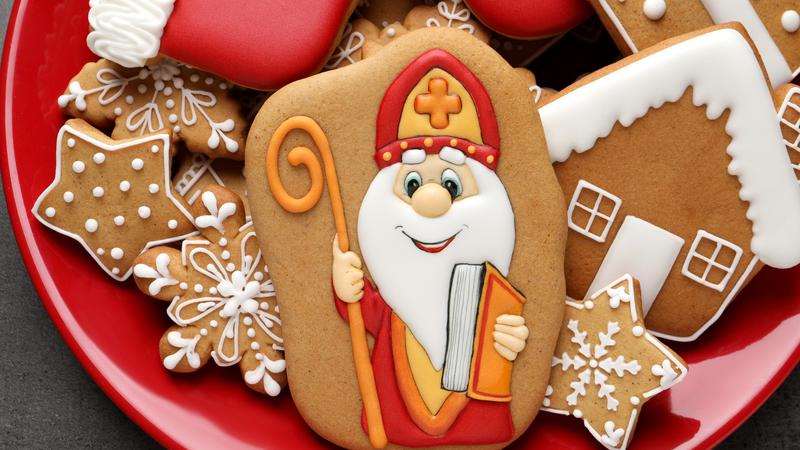
HUNTER: Traditional Diversity
FIVE DAYS OUT from Christmas, I thought I’d use this week’s column to explore a few holiday traditions from around the world. This idea was inspired by a recent conversation I had with a friend of mine from Mexico about her family’s holiday traditions.
In Mexico, New Year’s Eve is a big celebration with numerous traditions and rituals. My friend’s family observes some of the more common ones which include running around the block with an empty suitcase at midnight to signify an upcoming year of good travels or travelling, eating 12 grapes at midnight (making a wish on each one as you eat it–this is sometimes done while being seated under a table), and wearing new underwear of a specific colour. Red underwear is worn for love, yellow for prosperity and happiness, green for wealth and well being, and white for hope and peace. In some areas, it’s also common to fire a gun into the air, although this isn’t something her family does.
I started to wonder what other traditions are out there. I definitely have my own, but they seem a bit generic in comparison.
One year I hosted a Polish friend who was on his own for Christmas–which meant dinner on Christmas Eve as that’s when Christmas dinner is normally held in Poland. Traditional Polish Christmas dinner consists of 12 courses but we opted for a simplified menu consisting of beet soup, pickled herring, sausage and sauerkraut, and pierogies.


